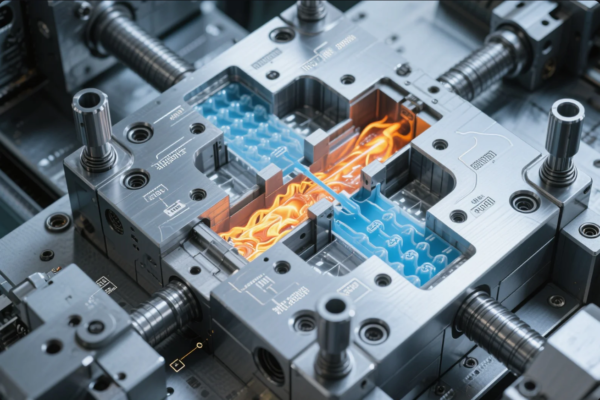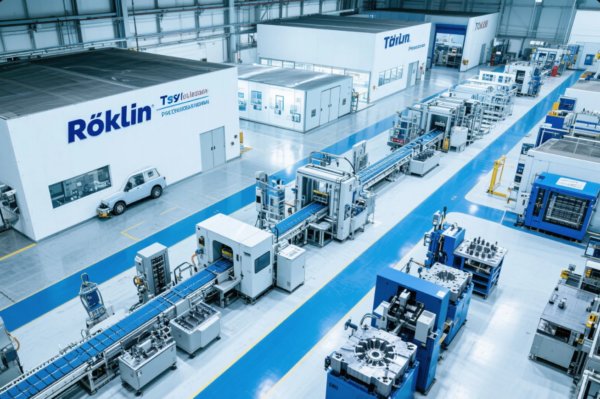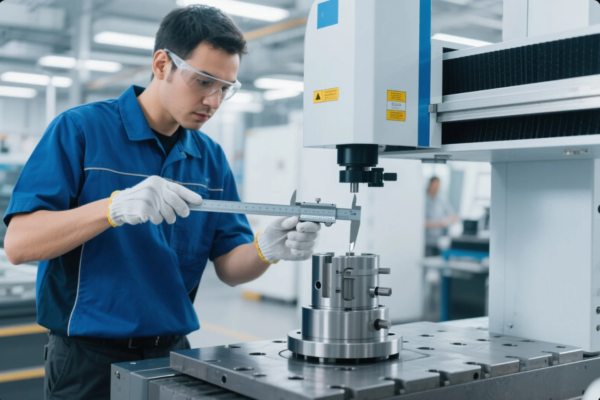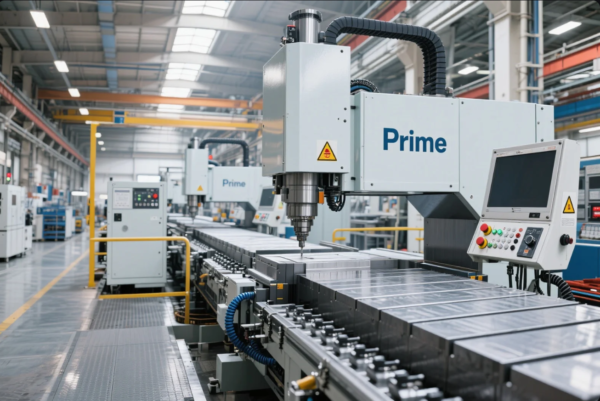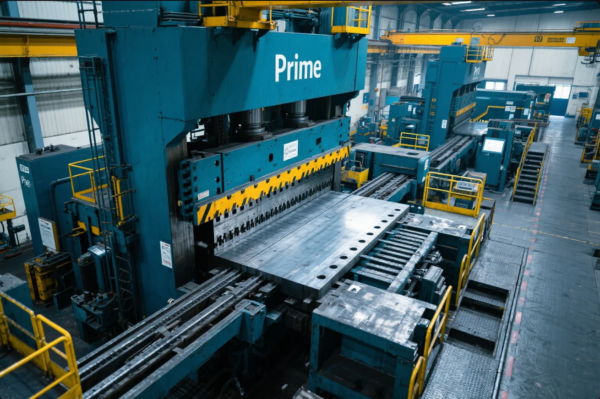What Are the 8 Steps of Mining?
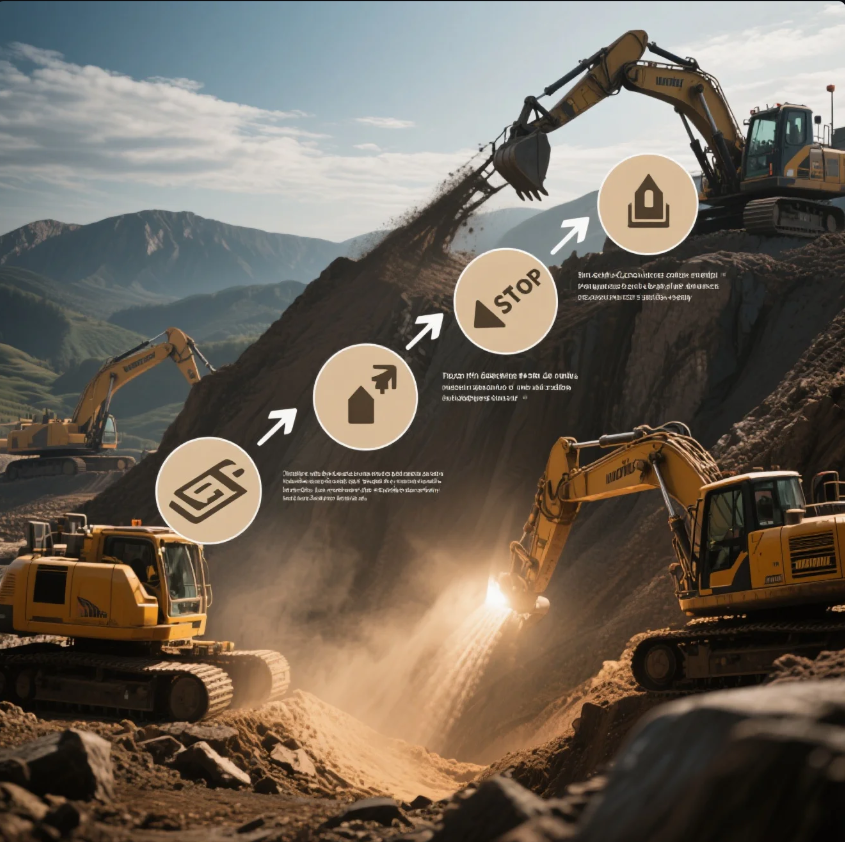
Mining involves several steps, from exploration to the transportation of extracted materials. Each phase is crucial for ensuring the successful extraction of valuable resources. Understanding these steps can help businesses and industries involved in mining operations streamline their processes and enhance efficiency.
Snippet paragraph: Mining consists of eight key steps, from initial exploration to final transportation. Each step plays a vital role in the success of mining operations.
Transition paragraph: Let's break down the mining process step by step and explore what happens during each stage.
What Is the Mining Step by Step Process?
Mining involves a systematic process, starting with the discovery of mineral deposits and ending with the delivery of the mined materials to industries. While different types of mining may require variations in techniques, the core steps remain the same. These stages ensure the effective extraction and processing of minerals, metals, and other valuable resources.
Snippet paragraph: The mining process follows a step-by-step approach, including exploration, extraction, processing, and transportation, to deliver valuable materials.
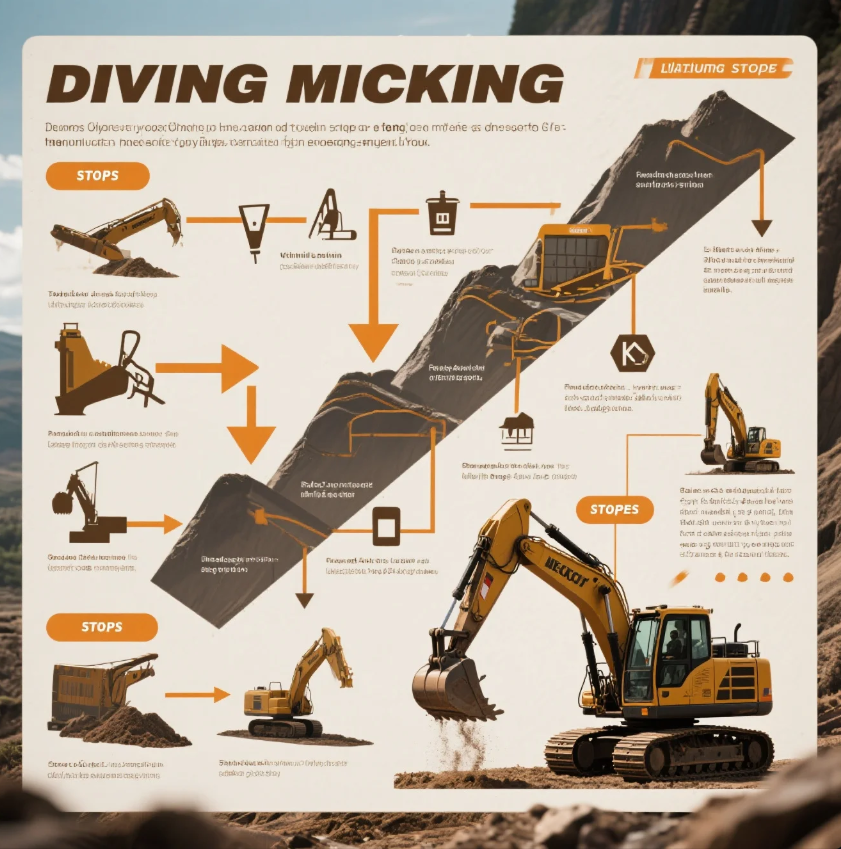
Dive-Deeper paragraph:
The first step in the mining process is exploration, where geologists and specialists analyze geological data to identify mineral-rich areas. Once a deposit is found, the next step is drilling and blasting, where machinery or explosives are used to break up the earth and expose the minerals. Excavation follows, which involves removing the mineral-rich material using mining equipment. After extraction, the minerals undergo processing, where they are refined or purified to extract valuable elements. The processed materials are then transported to factories or industries where they will be used in manufacturing or construction.
The Mining Process Overview
| Step | Description |
|---|---|
| Exploration | Identifying mineral deposits through surveys, satellite images, and drilling. |
| Drilling & Blasting | Using drills or explosives to break rock and expose mineral deposits. |
| Excavation | Removing earth and minerals using mining machinery. |
| Processing | Refining or purifying raw materials to extract valuable minerals. |
| Transportation | Moving the processed minerals to industries for use. |
What Are the 7 Steps of Data Mining?
While the mining process for physical resources involves specific stages, data mining follows a different set of steps. Data mining focuses on extracting valuable insights from large datasets. The seven steps of data mining typically include:
- Problem Definition: Identifying the business or research question to address.
- Data Collection: Gathering relevant data from various sources.
- Data Cleaning: Removing errors and inconsistencies from the dataset.
- Data Transformation: Converting the data into a suitable format for analysis.
- Data Mining: Using algorithms to find patterns or relationships in the data.
- Evaluation: Assessing the findings to ensure they meet the objectives.
- Deployment: Using the insights gained from the data to make decisions or recommendations.
Snippet paragraph: The seven steps of data mining include problem definition, data collection, cleaning, transformation, mining, evaluation, and deployment.
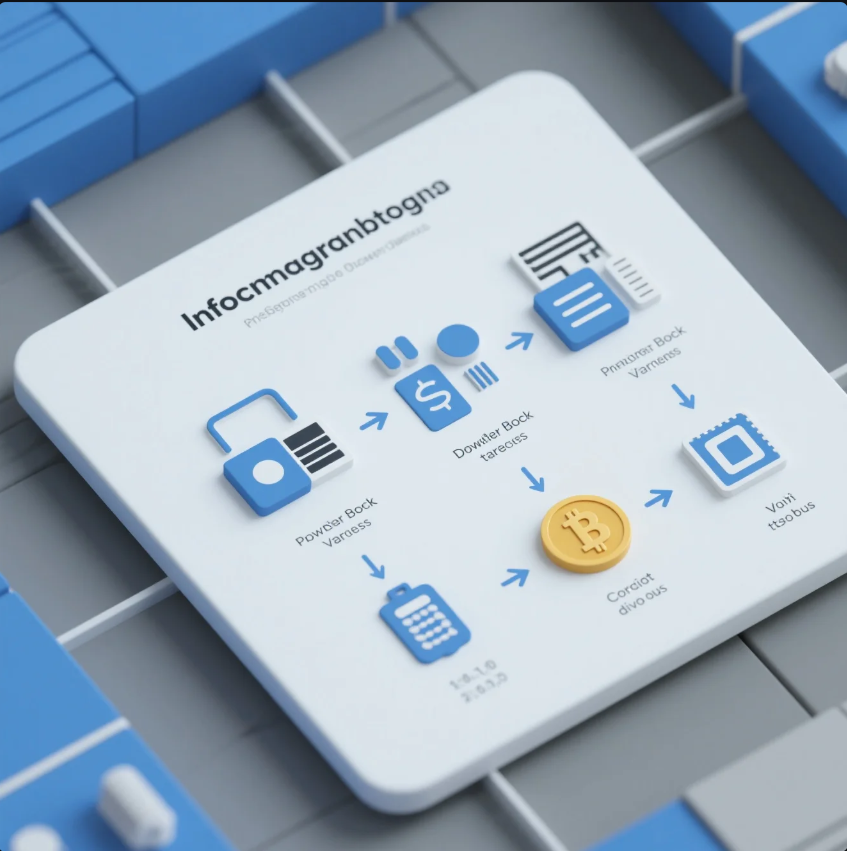
Dive-Deeper paragraph:
Data mining is distinct from traditional mining as it focuses on extracting valuable patterns or trends from data. The process begins with defining the problem, where businesses identify the specific question they want to answer or the decision they need to make. After that, relevant data is collected from various sources such as databases, online sources, or sensors. Once the data is gathered, the next step is data cleaning, where irrelevant or inconsistent information is removed. Data transformation ensures that the data is in the right format for analysis. The core of the process is data mining, where specialized algorithms are applied to discover hidden patterns. Once the analysis is complete, the findings are evaluated for accuracy and relevance. Finally, deployment involves using the insights to inform business decisions or strategies.
Comparison: Mining vs. Data Mining
| Aspect | Traditional Mining | Data Mining |
|---|---|---|
| Purpose | Extracting physical resources like minerals | Extracting patterns and insights from data |
| Process | Exploration, extraction, processing, transportation | Problem definition, data collection, transformation, and analysis |
| Tools Used | Machinery, explosives, geological surveys | Algorithms, statistical models, data analysis tools |
| Outcome | Raw materials for industries | Actionable insights for business decisions |
What Is Mining Grade 8?
In mining, Grade 8 refers to a specific educational level or standard typically related to the quality or value of the minerals being extracted. However, in the context of material science and mining industries, the term can also be used to classify the quality or concentration of valuable minerals in a given deposit. A high grade means higher concentrations of valuable minerals, making it more profitable to extract.
Snippet paragraph: Mining Grade 8 can refer to either the quality of minerals or the educational level related to mining knowledge.
Dive-Deeper paragraph:
Mining Grade 8 may refer to the classification of minerals based on their quality or concentration. A high-grade ore has a higher concentration of valuable minerals, which means less material needs to be extracted to obtain the same amount of resources. In terms of education, Grade 8 typically refers to the level of knowledge or understanding necessary to perform certain tasks within the mining industry. For example, students or workers with a Grade 8 understanding may have fundamental skills needed for entry-level mining tasks. In this context, the grade reflects their ability to engage with mining technology and tools.
Understanding Mining Grades
| Term | Description |
|---|---|
| High-Grade Ore | Contains a high concentration of valuable minerals. |
| Low-Grade Ore | Contains a lower concentration of valuable minerals, making extraction less profitable. |
| Grade 8 Education | Refers to a basic level of education or knowledge required in mining-related tasks. |
What Are the Stages of Mining?
Mining progresses through multiple stages, each crucial for the overall success of the operation. The key stages include:
- Exploration: Identifying mineral-rich areas.
- Planning: Developing strategies for extraction and processing.
- Development: Preparing the site and building necessary infrastructure.
- Extraction: Removing valuable materials from the earth.
- Processing: Refining raw materials into usable products.
- Reclamation: Restoring the environment after mining operations.
- Transportation: Moving the final products to the market.
Snippet paragraph: Mining involves several stages, from exploration to final transportation and reclamation.
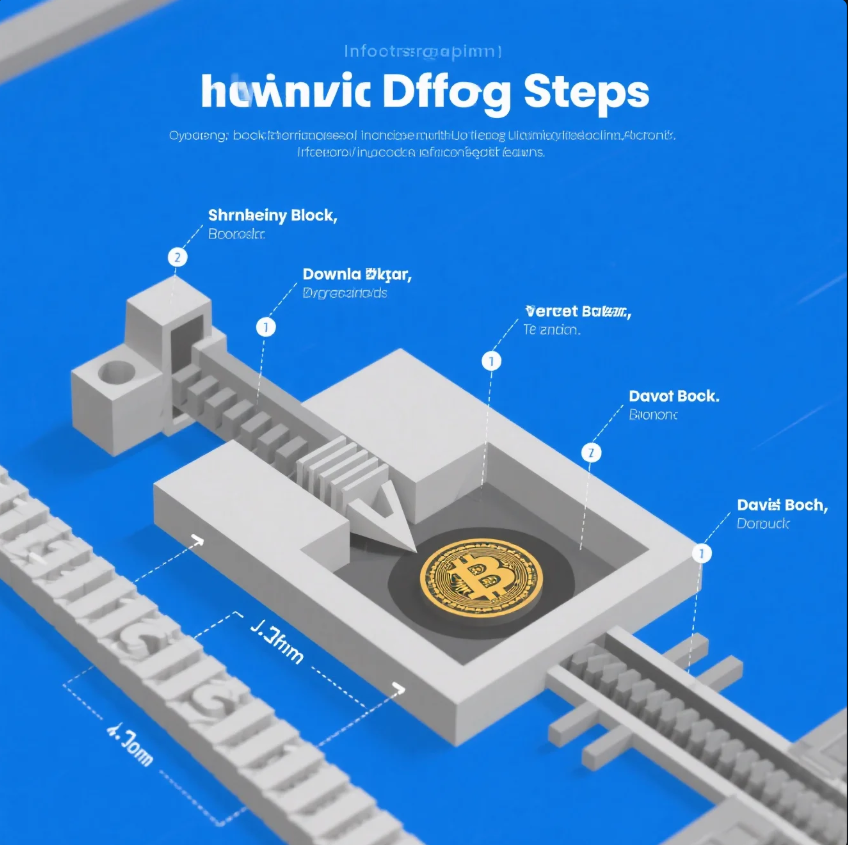
Dive-Deeper paragraph:
The mining stages start with exploration, where geologists survey the land to identify potential deposits. Once the resources are located, planning begins, with engineers designing the extraction process, ensuring it’s cost-effective and environmentally responsible. The development phase involves preparing the site by constructing roads, building infrastructure, and setting up equipment. After that, the extraction phase begins, where minerals are removed from the earth. The materials are then sent for processing, where they undergo refinement to extract the valuable elements. After mining, the site is reclaimed, with efforts made to restore the environment. Finally, transportation takes place, moving the finished products to industries and markets.
Stages of Mining Process
| Stage | Description |
|---|---|
| Exploration | Surveying and locating mineral-rich deposits. |
| Planning | Designing extraction methods and plans for cost-effective operations. |
| Development | Preparing the mining site with infrastructure and equipment setup. |
| Extraction | Removing valuable materials from the earth. |
| Processing | Refining the extracted materials into usable forms. |
| Reclamation | Restoring the environment to its original state after mining is completed. |
| Transportation | Moving processed materials to industries for further use. |
Conclusion
The mining process consists of multiple essential stages, each playing a crucial role in ensuring efficiency and profitability. Whether dealing with physical materials or data, mining follows a structured approach that maximizes value extraction. For businesses looking to optimize their mining operations, understanding these steps is key to success.
TEMPLATE_END

